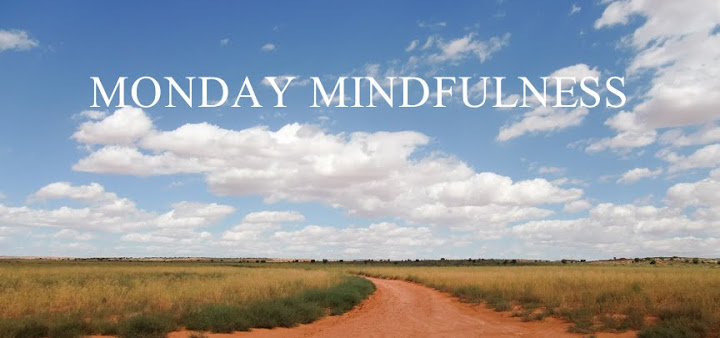Anything can happen any time.
In the pre-dawn hours of July 4th, Olive, our 3 ½
year old German Shepherd began to whine, trying to wake us up. She wasn’t
feeling well. I got up, she threw up, and we went outside. It’s not so unusual
for a dog to get an upset stomach, so I didn’t think much of it and went back
to bed. When I got up about 6:30, I discovered over the past couple of hours,
Olive had become terribly sick thoroughly soiling the floors and rugs throughout
the downstairs of the house. It was a stinking awful mess and she looked
terrible. I let her outside and began to clean up. Five minutes later my
husband, Bill, came downstairs and immediately went outside to check on her. He
couldn’t find her anywhere. Our house sits on five acres at the end of a dirt
road with a creek running along the southern border for a good distance. Much of
the property is wooded, and there is a large amount of riparian growth between
the creek, the large open yard and our house. Olive could have been anywhere,
and though she has excellent recall and does not wander, she wasn’t responding
to our calls.
After about ten minutes of looking, we began to get
extremely concerned and frightened.
Olive was sick and she had disappeared. I decided to call my dear friend
Jan who has many years of experience in canine search and rescue. She is
currently training her one year old yellow lab, Gray-Sea, in scent trailing.
Jan didn’t know if Gray-Sea was ready for a real “job,” but we were going to
find out. They arrived about 20 minutes later. Once Gray-Sea had her working
harness on with the long line attached, Jan gathered a scent article of Olive’s
(swiping a piece of cloth on Olive’s car blanket) and waved it under Gray-Sea’s
nose and told her to go find Olive. Off Gray-Sea went with Jan and Bill
following right into the thick riparian growth towards the creek.
I stayed up at the house in case Olive came back, though in
reality, I couldn’t focus on anything and didn’t know what to do with myself. I
hadn’t brushed my teeth or had my morning tea. So, I sat on a log beside our
fire pit crossing my fingers. I couldn’t sit still so I went back into the
house to make a cup of tea. After I turned on the stove, I turned it off in
disgust. How could I think of myself at that moment? I headed back outside and
just as I got back to the yard I heard Jan loudly saying “Good girl, Gray-Sea,
good girl!” It had only been five minutes, and that sweet puppy had done her
job. It was thrilling. Olive was lying down in the brush along the creek barely
responsive. She was in deep trouble. Before I knew it, Bill had carried her up
from the creek, put her in the car, and I was off to the emergency animal
clinic.
It was July 4th and there was only one
veterinarian available, about a 40 minute drive away, a doctor I had never met.
Once we arrived and the vet tech carried Olive in, it was clear that she was
losing a lot of blood quickly and was close to dying. It was terrifying and
traumatic, bewildering and impossible to believe, yet I felt a certain level of
calm, clarity, and composure. Weird. The doctor made it clear that Olive was in
very big trouble, had lost probably half of her blood volume, we didn’t know
why, and that she may not live. Soon Bill arrived along with two friends who
love Olive very much. There we were, four adults surrounding one dog. Many
hours went by, lots of tests, lots of fluids, lots of love, and little by
little, she began to stabilize just a bit; just enough for the doctor to move
from pessimistic to neutral. We went home for the night completely exhausted.
On the way home I remembered an encounter I had had at the
dog food store a couple of weeks prior. I overheard the clerk tell another
customer that Innova dog treats had been recalled for suspected salmonella. I
had just bought a bag of treats, but when I checked the brand it was Evo, not
Innova. While I remember being relieved they weren’t the affected treats, I
also remember thinking I should look into it further, just to be sure. I didn’t
do it. When we got home from the animal hospital, I went online and looked it
up and sure enough, the exact Evo dog treats were made by Natura, the same
company that makes Innova products that had been recalled. The Evo treats, too,
had been recalled. I called the vet, told him my suspicion that it was
salmonella, and he concurred that the symptoms fit. Olive came home at the end
of the next day weak, thin, alive and even managed to slowly wag her tail. It’s
been a little more than three weeks and she’s not quite 100%, but getting
close.
It was an extraordinary experience; one that exemplifies the
uncertainty of all of our lives, how quickly things change, how impermanent
everything truly is, how much everything depends on everything else, and how
little control we have. Even though we think
we know this, when it happens in a dramatic or traumatic way, we are often
surprised or even shocked. Anything can happen anytime, and it does. All of it
or any of it could have been otherwise, and it wasn’t.

.jpg)